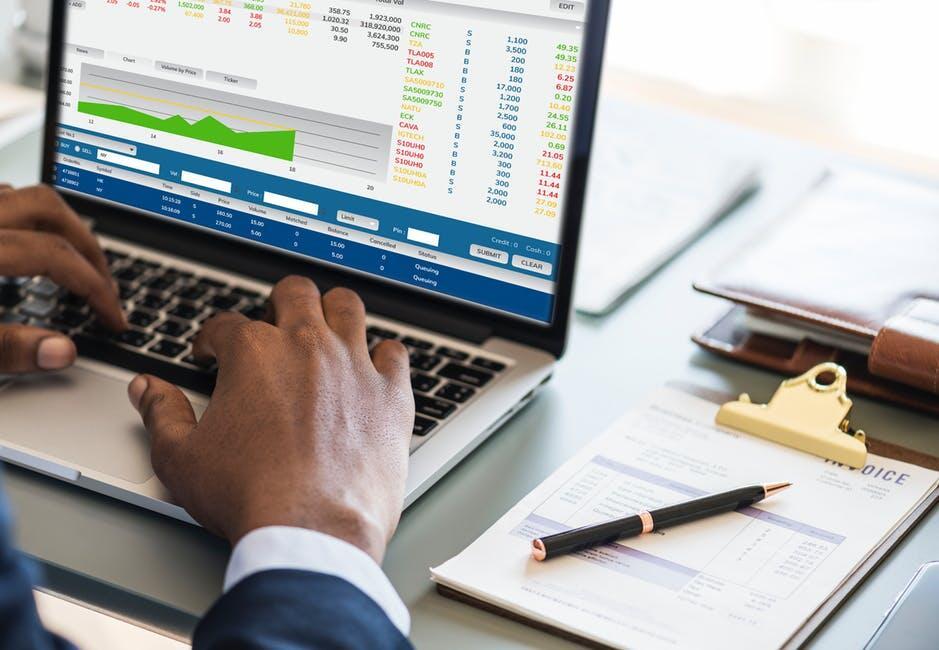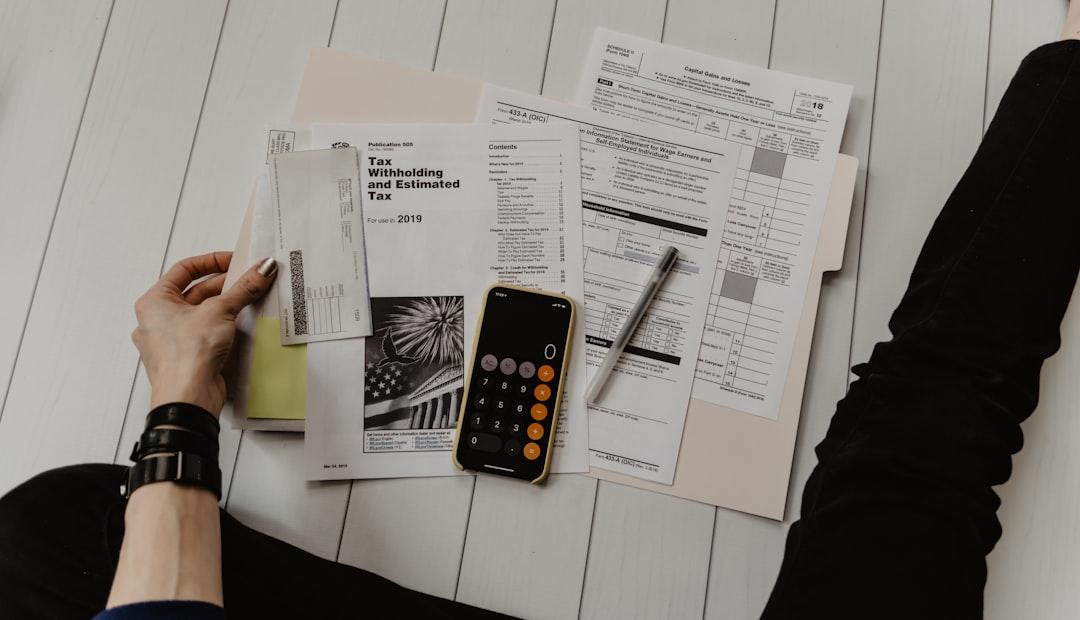Understanding Capital Allowances: A Guide for Business Owners
Writing off is essential to business tax mitigation, through which business persons can offset their taxable profits by paying for certain assets. Such allowances are intended to promote business goodwill, spur the expansion of organizations, and enhance innovations. However, entering the world of capital allowances as a layman is potentially challenging for many people. This detailed reference aims to provide a clear and easily understandable preface to capital allowances, focusing on their precise definition and the ways that people in charge of a business may use these effectively.

What are Capital Allowances?
Capital allowances are returns a business gets when it makes capital expenditures, defined as certain items that help conduct trade. A significant part of it refers to property “fixtures.” Fixtures concerning capital allowances include but are not limited to, hot and cold systems, heating ventilation systems, lighting and electrical expenses, lifts, toilets, sinks and basins, and fitted kitchen and office equipment, amongst others. As a result, anyone who wants to include capital allowances on fixtures in their claim needs to have a good handle on fixtures. Instead of expending out the total amount of such assets in the year of purchase, it is possible to spread their cost over some years in line with their useful life.
Types of Capital Allowances
-
Annual Investment Allowance (AIA)
The AIA is considered one of the most crucial capital allowances recognized in a country. It enables businesses to offset the total cost of qualifying assets against their taxable income in the year of purchase up to a specific limit. Following the latest guidelines, the limit of AIA is £1 million, but this amount varies from time to time and thus depends on the current tax laws.
-
Writing Down Allowance (WDA)
Businesses can claim WDAs for assets not qualifying for AIA or costs exceeding the AIA limit. WDAs allow companies to deduct a percentage of the asset’s cost from their annual taxable profits. The rate of WDA varies depending on the type of asset.
-
First Year Allowance (FYA)
Trading FYAs give a 100% deduction on specified assets in the year of acquisition. Such allowances are usually provided for notable investments that benefit the environment, such as acquiring energy-efficient equipment and low-emission vehicles. While the monetary value has limits with the AIA, the value of FYAs is not limited.
-
Enhanced Capital Allowance (ECA)
ECA is forecasted as a sub-sector of FYAs, concentrating more on energy conservation and environmentally sustainable capital costs. This allowance has been deleted recently, but for those still on it, he can offset the whole income of the year of reckoning by the amount expended.
Qualifying Expenditure
Some circumstances prevent some business expenses from being classified as capital allowances. The issue of what qualifies as expenditure to gain tax relief is fundamental in making the most of the allowances. Generally, capital allowances can be claimed on:
Plant and Machinery comprise mechanical equipment, tools, office machinery, IT equipment, and commercial vehicles—vans and lorries.
Integral Features of a Building: It involves electricity systems, water systems, HVAC systems, etc.
Certain Fixtures and Fittings: Kitchen fittings, sanitary ware and flooring.
Environmentally Beneficial Equipment: Appropriate appliances that utilize less energy and low water-consuming equipment.
Exclusions
Several types of expenditures are not allowed in capital allowances. For example, land purchase costs are not allowed, and leasing costs would not attract capital allowances if the item is leased.
How to Claim Capital Allowances
Claiming capital allowances requires careful documentation and adherence to tax regulations. First, you must review all capital expenditures to identify those that qualify for capital allowances and ensure you keep detailed records and invoices for these expenditures. Then, it would help if you classified the qualifying expenditure into the appropriate capital allowance category (AIA, WDA, FYA, etc.). This step involves understanding the nature of each asset and the corresponding allowance.
For AIA and FYA, the calculation is straightforward as it allows 100% relief. For WDA, calculate the percentage of the asset’s cost that can be deducted annually. Remember to include the capital allowance claim in your business’s tax return and use the appropriate sections to report the expenditure and the calculated allowance. Most importantly, maintain detailed records of all capital expenditures and allowance claims. These records should include invoices, receipts, and calculations and be kept for at least six years in case of tax audits.
Maximizing Capital Allowances
Business owners should adopt strategic planning and management practices to maximize the benefits of capital allowances. Timing your capital purchases can optimize the use of allowances, such as making significant investments within the AIA limit to provide immediate tax relief. Consulting with a tax advisor or accountant can also help you claim all eligible allowances and maximize your tax relief. They can also inform you of any changes in tax legislation that might affect your claims.
Regularly review your capital expenditure and allowances to ensure you are taking advantage of potential claims. This practice is critical when there are changes in business operations or expansions. Then, when purchasing assets, consider the tax implications and potential for capital allowances. Opting for energy-efficient or environmentally friendly assets can provide additional tax benefits through FYAs and ECAs. Also, remember that tax regulations and allowances can change frequently. Staying informed about these changes can help you take advantage of new allowances and avoid missing out on tax relief opportunities.
Special Considerations
Small and Medium Enterprises (SMEs)
Capital allowances can particularly benefit SMEs. The AIA is a valuable tool for smaller businesses, allowing them to offset significant portions of their capital expenditure against taxable profits. SMEs should pay close attention to the AIA limit and plan their investments accordingly.
Large Businesses
Large businesses often have more complex capital expenditures and may exceed the AIA limit. For these businesses, strategic planning around WDAs and using SBAs becomes crucial. Additionally, large companies should consider the benefits of FYAs for qualifying investments.
Environmentally Friendly Investments
Investing in energy-efficient and environmentally beneficial equipment contributes to sustainability and provides significant tax advantages. Businesses should explore the availability of FYAs and ECAs for such investments.

Business owners who want to boost their company’s growth and manage their taxes effectively must have proper knowledge of capital allowances. These ways show that business persons revise their taxable profit by acknowledging the types of capital allowances, determining qualifying expenditures, and strategizing in planning it, thereby improving their cash flow.
Capital allowances will provide essential and beneficial relief if you own a sole trader business and plan to make substantial expenses or manage large companies’ costs for the first time. To ensure that you get the full benefits from capital allowances, you must familiarize yourself with the existing tax laws, seek professional advice, and effectively plan for your capital expenditures.



